Presentation
Pelvic pain.
Patient Data
Age: 50 years
Gender: Female
From the case:
Hemangiopericytoma - pelvis
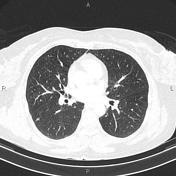

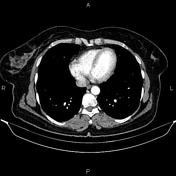

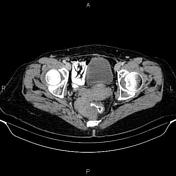

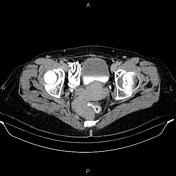

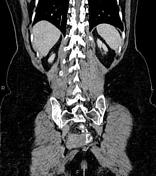

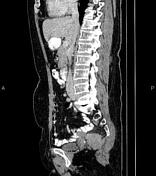

Download
Info

A few subpleural and intraparenchymal nodules less than 5mm in diameter are seen at both lungs.
A 68×35mm well-defined soft tissue mass is seen at right distal presacral region. Fat plane between the mass and adjacent rectal wall is obliterated.
Case Discussion
Pathology proven hemangiopericytoma, which is a term formerly used to describe a continuum of mesenchymal tumors with elevated cellularity found throughout the body in soft tissue and bone.




 Unable to process the form. Check for errors and try again.
Unable to process the form. Check for errors and try again.